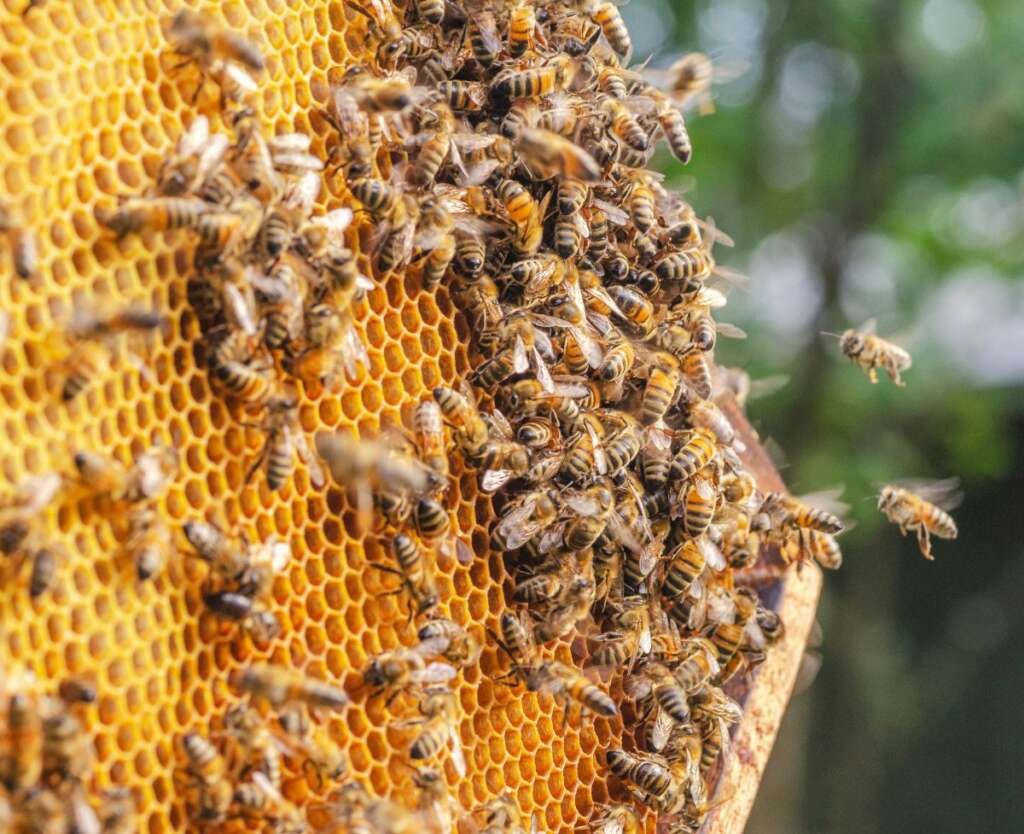Bees are more than buzzing insects; they are pivotal pollinators that are crucial for diverse ecosystems and the global food supply. However, bees face many health challenges and diseases just like any other creature. And the effects are just as serious. Find out what diseases honey bees catch most often, as well as advice on treatment and future prevention.
1. American Foulbrood (AFB)
This bacterial disease ravages the larvae in honeybee colonies, leading to colony weakening and potential collapse. Infected larvae typically die after their cells cap, leaving a foul odor emanating from the hive. To prevent this, clean your hive with fresh, new cleaning supplies. If the hive falls ill, you can treat the bees with antibiotics and remove and destroy the hive of infected materials.
2. Varroosis
Varroa destructor mites, tiny parasites that attach themselves to honeybees, bring about the disease known as varroosis. They weaken bees by feeding on their bodily fluids. A control method to try is regularly screening for mites in the hive. Also, use organic acids or essential oils as treatment. Moreover, learning all you need to know about honeybee mites, especially how to treat the colony after discovery, is crucial. Remember, mites are among the most severe threats to bee health worldwide.
3. Nosema
Nosema is a parasitic disease that disrupts normal hive activities by shortening the adult bee’s lifespan. A prevention tip is to supply your hive with clean drinking water and keep them well-nourished to prevent outbreaks. One treatment to do if the colony becomes inflicted with nosema is to give them fungicide.
4. Deformed Wing Virus (DWV)
The deformed wing virus is a serious viral infection that has gained attention due to its association with Varroa destructor mites. Bees affected by DWV display noticeable malformations, primarily with their wings, which can hinder their flight abilities. The colony’s health could face severe impact, as it compromises the bees’ ability to forage.
A preventive measure is to inspect for Varroa mites regularly to prevent the virus from spreading. Unfortunately, there isn’t a direct treatment, but you can help the colony thrive by inspecting it often.
Maintaining the Bees To Prevent Disease Spread
Maintaining the health of honeybee colonies requires vigilance and a commitment to good management practices. As beekeepers and enthusiasts, it is our collective responsibility to stay informed and proactively combat the diseases that threaten our bees. The listed diseases are a critical reminder of the ongoing challenges within apiaries. Keep these diseases in mind and learn about other parasitic threats to remain updated on best practices for prevention and treatment. Remember, protecting the welfare of honeybees is an investment in their future.
